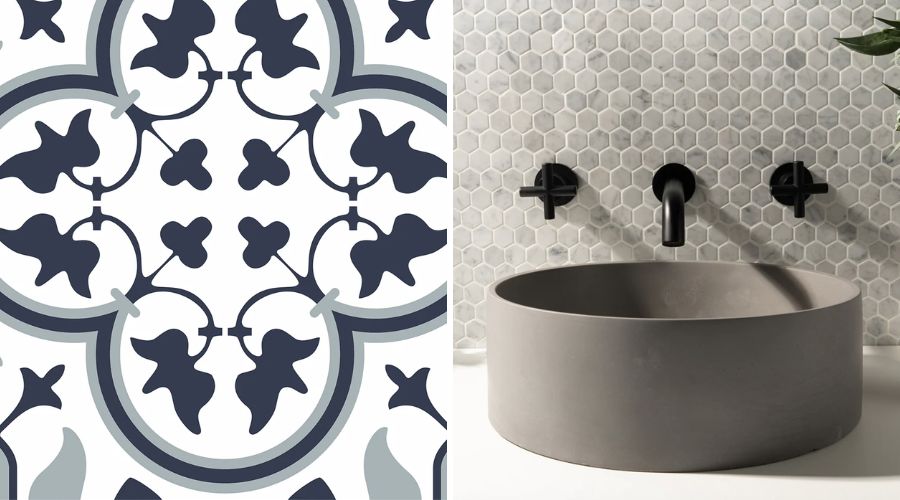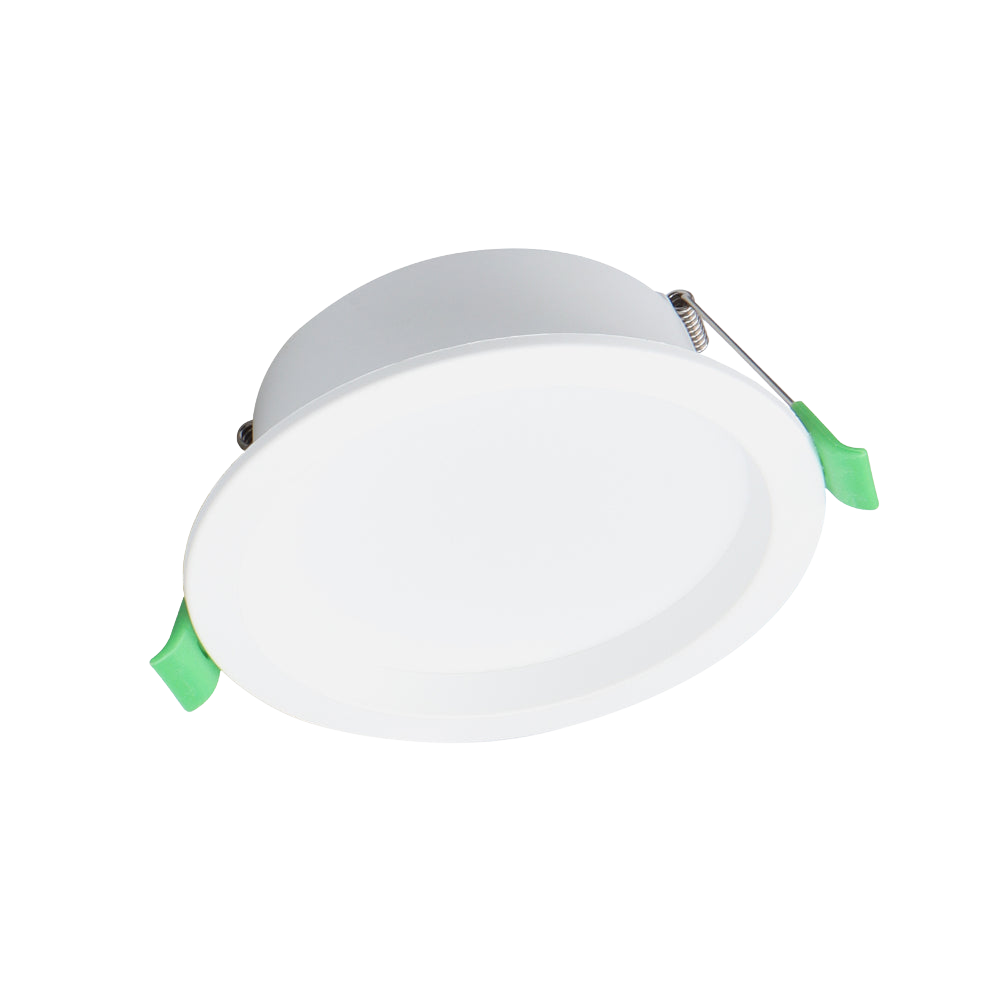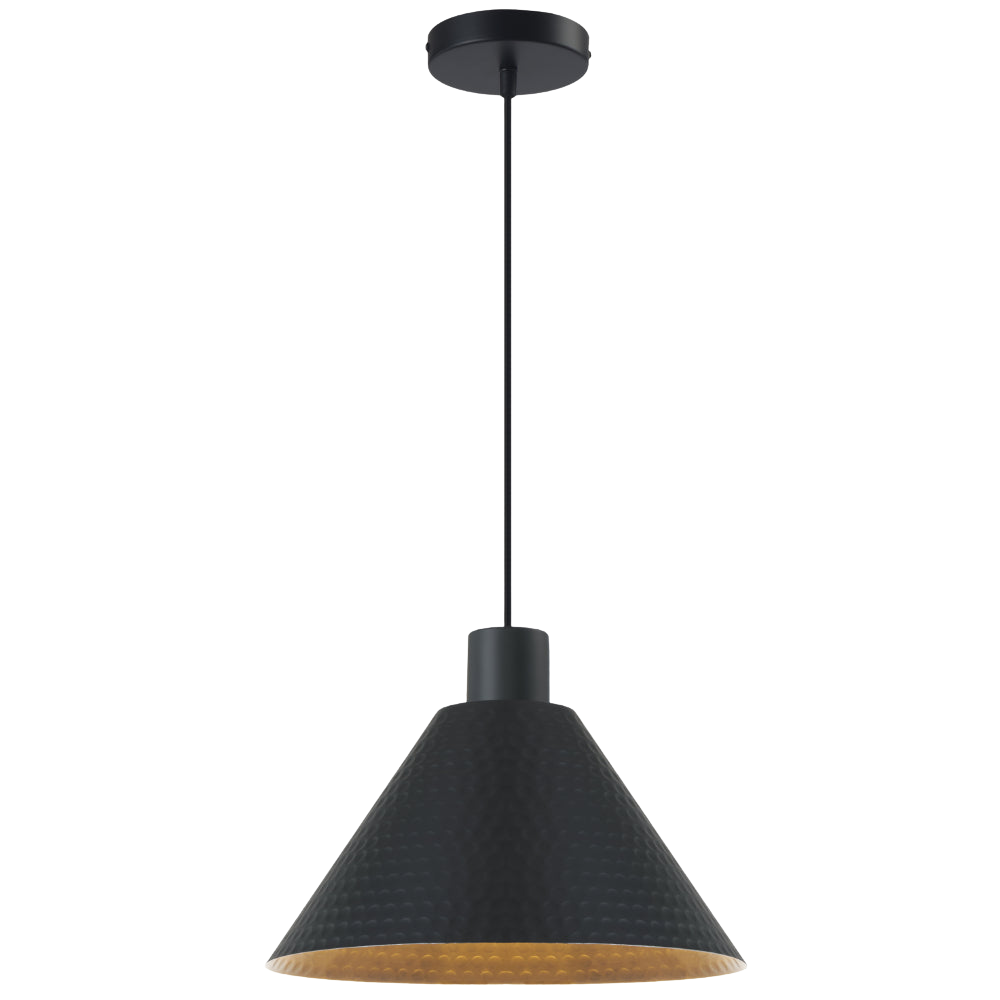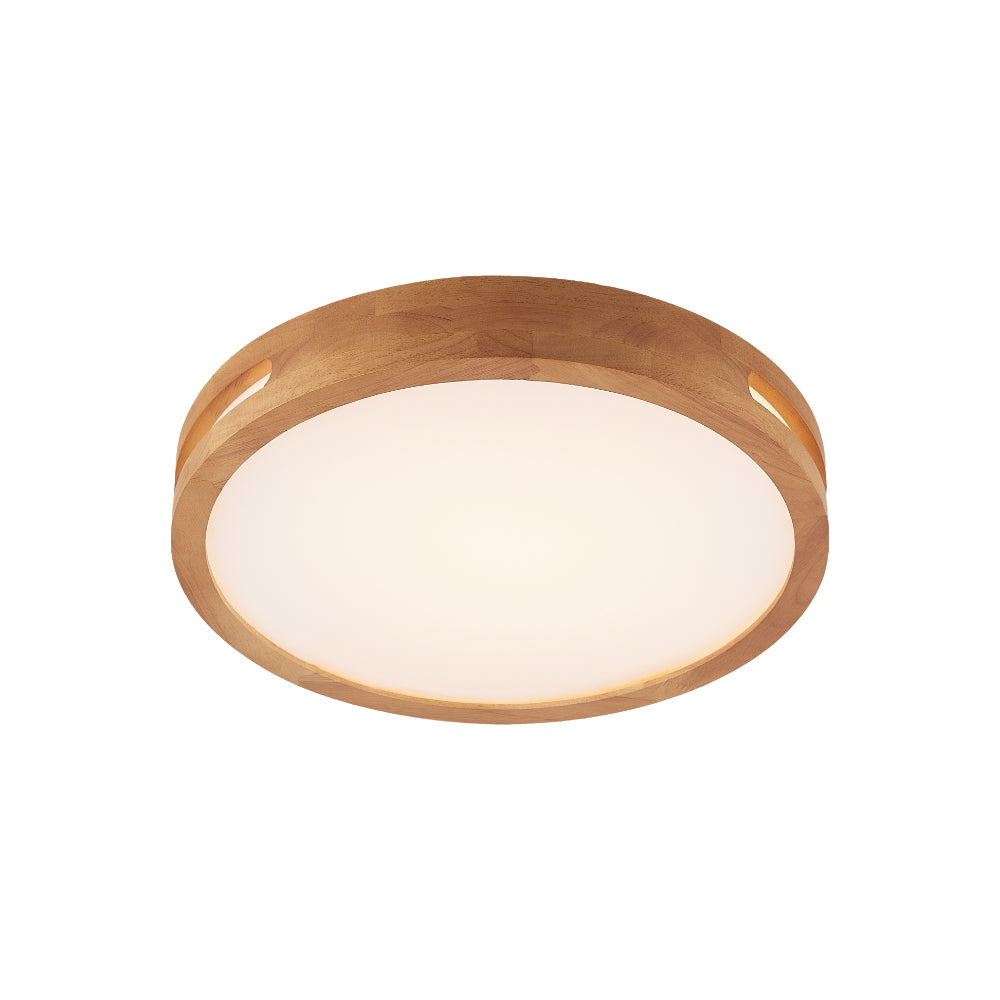How Many Tiles Do I Need? Tips for Accurate Measuring and Ordering
Whether you’re tiling a bathroom, splashback, or floor, here’s how to calculate how many tiles you actually need (plus tips to avoid costly mistakes).

So you’ve picked the perfect tiles. Now comes the part no one loves: figuring out how many you actually need.The last thing you want is to run short mid-project or over-order by five boxes that sit untouched in the garage. Whether you're planning a new bathroom, updating your kitchen splashback, or re-tiling your entryway, getting your numbers right makes all the difference.
This guide will walk you through exactly how to measure, calculate, and order your floor tiles and wall tiles with confidence.
1. Start with Measuring the Area
Grab a tape measure and get ready to note a few things down. You’ll need the length and width of each area you're tiling, whether it’s a wall or a floor.
For floor tiles: Measure the length x width of the floor space in metres.
For wall tiles: Measure the height × width of the wall area.
If you’re tiling multiple sections (like several bathroom walls), calculate each one separately, then add them together for a total square metre count.
2. Convert to Square Metres
Most tile calculators and tile packaging work in square metres (m²). If your measurements are in centimetres, divide each by 100 to convert to metres first.
3. Account for Grout Gaps
Grout lines might be small, but they still affect your layout. Thankfully, most tile manufacturers list the tile coverage per square metre on the packaging, which includes standard grout spacing.
Just make sure you’re clear on:
- The exact tile size
- The recommended grout spacing
- Whether you're laying the tiles in a brick bond, stacked, or herringbone layout

Accounting for grout gaps is an often forgotten variable when ordering tiles!
4. Add Extra for Waste and Breakage
Even if your measurements are perfect, real-life tiling never is. You’ll always need to cut some tiles to fit around edges, corners, or fixtures, and accidents happen during transport or installation.
Here’s a safe rule of thumb:
- Add 10% extra for most spaces
- Add 15% if your tile has a complex pattern, non-rectangular shape, or will be laid in a pattern like herringbone
- Add 20% if you’re tiling a tricky space or a room with lots of curves, niches, or small cuts
For example:
If your bathroom wall area is 9m², and you’re doing a simple horizontal layout, you’d want:
9m² + 10% = 9.9m² of tile to order.
5. Check the Tile Coverage Per Box
Tile manufacturers don’t sell by individual tiles, you’ll be ordering by the box, and each box will cover a set amount of square metres.
Look for this info on the tile product page (e.g., “Covers 0.96m² per box”).
To calculate how many boxes you need:
- Take your total area (including waste)
- Divide by the coverage per box
- Round up to the next full box
For example:
If your total comes to 9.9m² and each box covers 0.96m²:
9.9 ÷ 0.96 = 10.31 → You’ll need 11 boxes
Tip: It's always safer to round up than be short. Extra boxes are good for future repairs or extending the design later.

It’s better to have a leftover box of tiles than to be short! Those leftover tiles may come in handy in a few years.
6. Don’t Forget: Wall and Floor Tiles May Be Different
Double-check if the tiles you're using are rated for floor or wall use (or both).
- Floor tiles are more durable, often slightly thicker, and may come in larger formats like 300x600mm or 600x600mm
- Wall tiles are lighter and can include more delicate or glossy finishes
For bathroom projects, you may be ordering two different tile types, so make sure you measure them separately.
7. Ordering Tiles in Multiple Rooms? Keep It Organised
If you're tiling more than one room – say, a kitchen and a laundry – treat each space as its own mini project.
Measure and calculate each area separately and order by space. This helps with labelling, delivery, and reduces confusion during installation. It also helps when it comes time to sort leftover tiles or returns.
8. What If the Tile Is Out of Stock Later?
Tile batches (or “lots”) can vary slightly in colour, tone, or finish, even between production runs of the same tile. That’s why it’s smart to order everything you need (plus extra) at once.
If you run out mid-project, the same tile may look slightly different when restocked later. Better to be safe and grab an extra box or two upfront.
Still unsure? Contact us or visit our Melbourne showroom for advice. We’ll help you work out exactly how much you need.

Better to order more than less if it’s a tile style you absolutely love!
Quick Tile Ordering Checklist
- Measure your space (length × width for floors, height × width for walls)
- Add 10–20% extra for cuts, waste, and breakage (we offer this as an option when you check out your tiles)
- Check how many square metres each box covers
- Divide and round up to get the number of boxes you need
- Double-check tile ratings for floor vs wall use
- Keep your sqm, grout, and tile size info handy at checkout
Need Help? Buildmat Has You Covered
Still working out how much tile you need? Every tile in our Tile Collection includes details on sqm coverage, tile size, and finish, so you can make confident, informed decisions. If you’re unsure, get in touch with our experts today by calling 1300 123 122 or emailing sales@buildmat.com.au.
Explore styles across:
- Floor Tiles
- Wall Tiles
- Bathroom Tiles
- Kitchen Tiles
- Mosaic & Decorative Tiles
- 100x100 Tiles
- 200x200 Tiles
- 600x600 tiles
Whether you're after matte white, stone look, terrazzo, or herringbone, we’ll help you plan it right from the start.
































































































































































































































































































































